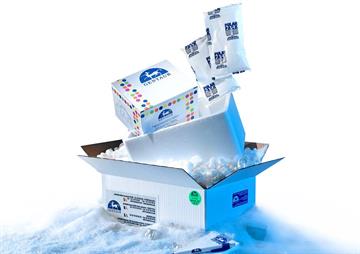
Human IFN beta (Animal Free) Recombinant Protein
494.92 EUR
494.92 EUR
In Stock
quantity
Produktdetaljer
Katalognummer: 209 - 100-191-AF
Produktkategori: Företag och industri > Vetenskap och laboratorium
Leverantör:
Gentaur
Storlek: 20 µg
Håll dig uppdaterad! Visa tidigare publikationer

By: Author , 2 Comment
Anaplasmos hos hundar och katter – allt du behöver veta
23 August 2025

By: Author , 2 Comment
Solbränna – hur leker man säkert i solen?
16 August 2025

By: Author , 2 Comment
Biologiska läkemedel – Modernitet inom farmaci
1 August 2025

By: Author , 2 Comment
Icke-steroida antiinflammatoriska läkemedel – viktig information om populära läkemedel
22 July 2025








